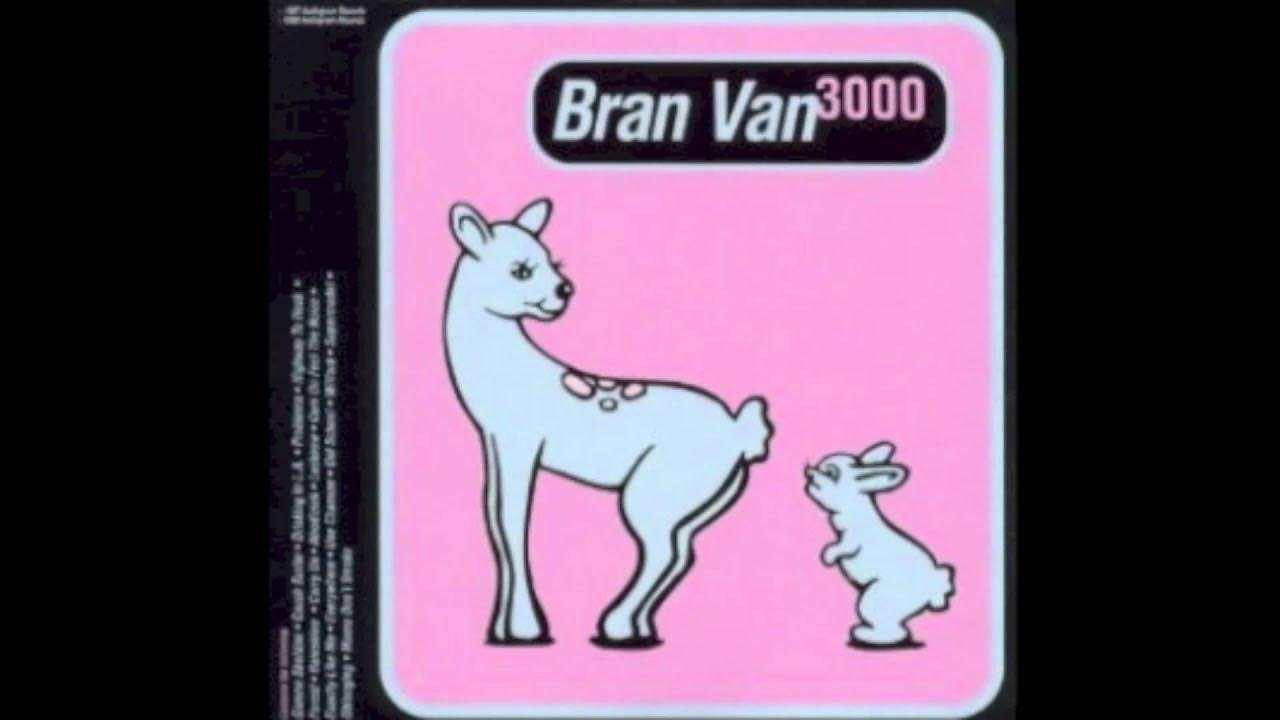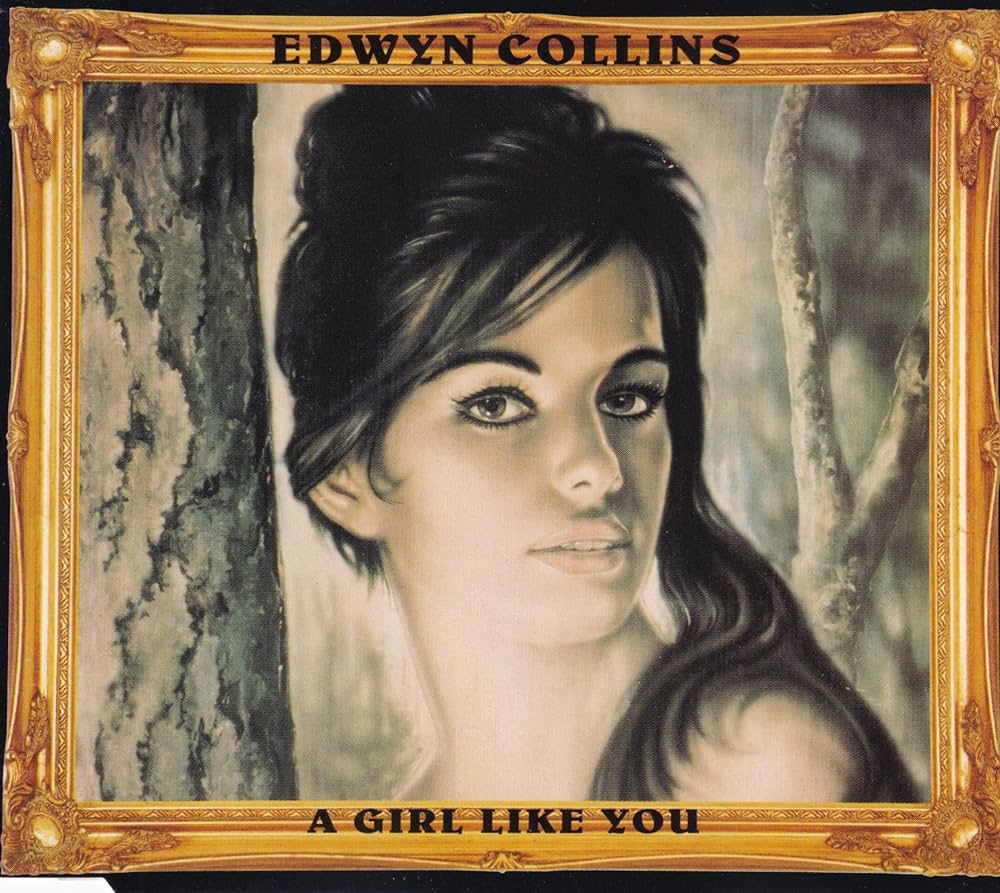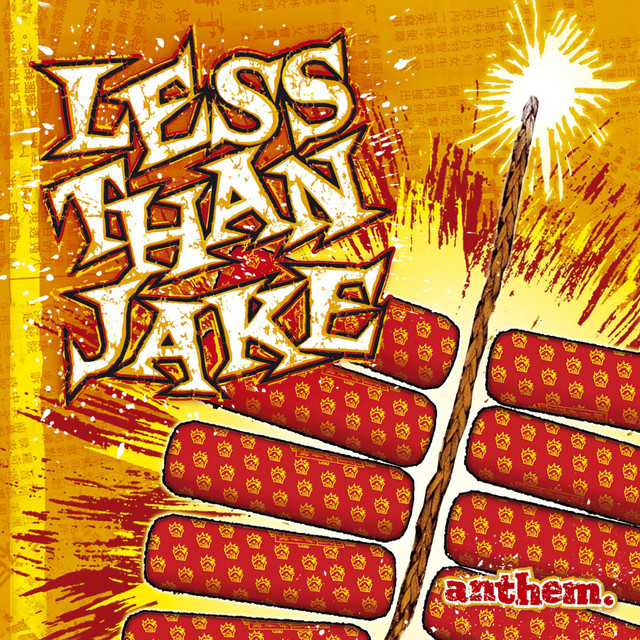 “Cannonball” by The Breeders is a song that encapsulates the vibrant energy, raw creativity, and indie spirit that defined alternative rock in the early 1990s. Released in 1993 as the lead single from their second album Last Splash, “Cannonball” quickly became a breakout hit that propelled The Breeders from an underground side project to one of the most influential bands of the decade. Its catchy bassline, playful yet mysterious lyrics, and memorable vocal delivery made it an anthem for a generation eager to embrace a fresh sound that was neither polished pop nor traditional rock.
“Cannonball” by The Breeders is a song that encapsulates the vibrant energy, raw creativity, and indie spirit that defined alternative rock in the early 1990s. Released in 1993 as the lead single from their second album Last Splash, “Cannonball” quickly became a breakout hit that propelled The Breeders from an underground side project to one of the most influential bands of the decade. Its catchy bassline, playful yet mysterious lyrics, and memorable vocal delivery made it an anthem for a generation eager to embrace a fresh sound that was neither polished pop nor traditional rock.
The Breeders were formed in 1989 by Kim Deal, the bassist and backing vocalist of the Pixies, and her twin sister Kelley Deal. The band started as a creative outlet for Kim Deal, allowing her to explore songwriting and lead vocals more extensively than her role in the Pixies permitted. “Cannonball,” written primarily by Kim Deal, marked the band’s artistic breakthrough. It showcased a unique blend of punk energy, pop melody, and experimental sound textures, all wrapped up in a concise, infectious package.
Musically, “Cannonball” is characterized by its distinctive bass riff, which immediately hooks the listener. The bassline, played by Kim Deal herself, is bouncy and rhythmic, laying down a groove that drives the entire track. Over this foundation, the guitars alternate between sharp, angular chords and jangly, melodic lines, creating a sonic texture that is both edgy and accessible. The song’s rhythm is punctuated by a loose but driving drumbeat that maintains a steady momentum, giving “Cannonball” its danceable, propulsive quality.
One of the defining features of “Cannonball” is Kim Deal’s vocal performance. Her voice is conversational yet hypnotic, blending spoken word and melodic singing in a way that feels intimate and immediate. The lyrics are enigmatic and playful, with lines like “Hey now, hey now, I want you to know / He said ‘Hey now, hey now, I’m ready to go’” creating a sense of casual urgency and youthful rebellion. The lyrics resist straightforward interpretation, adding to the song’s allure by inviting listeners to find their own meanings and connections.
“Cannonball” also stands out for its dynamic shifts and layered production. The song employs subtle changes in volume and texture that keep the listener engaged throughout its nearly four-minute runtime. The use of distortion and feedback on the guitars adds a rawness that contrasts with the polished groove of the rhythm section. This interplay between grit and melody is a hallmark of The Breeders’ sound and contributed to the track’s appeal both on alternative radio and on MTV, where the quirky, memorable music video gained heavy rotation.
The music video for “Cannonball” played a crucial role in the song’s rise to prominence. Directed by Spike Jonze, who was then an up-and-coming filmmaker, the video features the band performing in a surreal, low-budget setting with off-kilter camera angles and playful visuals. Its quirky aesthetic perfectly matched the song’s blend of humor and intensity, helping to cement The Breeders’ image as a band that didn’t take itself too seriously while still delivering compelling music. The video’s popularity on MTV and other music channels helped “Cannonball” cross over from indie circles into the broader public consciousness.
The success of “Cannonball” was a turning point not only for The Breeders but also for alternative rock as a whole. The early ’90s were a time when the genre was exploding into mainstream awareness, fueled by the success of bands like Nirvana, Pearl Jam, and Sonic Youth. Yet The Breeders carved out a distinct niche with a sound that was less heavy and more playful, incorporating elements of pop and noise rock. “Cannonball” captured the spirit of this moment, offering something fresh and invigorating that appealed to fans tired of the same old rock tropes.
Critics and fans alike lauded “Cannonball” for its originality and energy. The song was praised for its catchy melody, inventive instrumentation, and Kim Deal’s charismatic performance. It was frequently cited in year-end best-of lists and has since been recognized as one of the defining tracks of the ’90s alternative scene. The song’s influence can be heard in the work of later indie and alternative artists who embraced its fusion of accessibility and experimentation.
Despite its commercial success, “Cannonball” retained an air of indie credibility. The Breeders never compromised their artistic vision to chase mainstream trends, and the song’s production by Steve Albini and Paul Q. Kolderie ensured a sound that was both raw and refined. This balance helped The Breeders maintain their status as beloved underground icons even as they enjoyed widespread recognition.
Thematically, “Cannonball” is often interpreted as a celebration of freedom, movement, and self-expression. Its lyrics suggest a release from constraints, a desire to break free from expectations and experience life on one’s own terms. This message resonated deeply with young listeners navigating the cultural shifts and uncertainties of the early ’90s. The song’s title itself evokes the image of a powerful, unstoppable force—something that barrels forward with energy and purpose, much like The Breeders’ music.
Over time, “Cannonball” has become more than just a hit single; it is a cultural artifact that represents a specific moment in music history. It continues to be played on alternative and college radio stations, featured in film and television soundtracks, and celebrated by new generations discovering The Breeders for the first time. The song’s enduring popularity is a testament to its timeless appeal and the lasting impact of The Breeders’ unique voice in the alternative rock landscape.
In live performances, “Cannonball” remains a fan favorite and a highlight of The Breeders’ setlists. The song’s infectious energy translates powerfully on stage, with audiences often singing along to every word. The band’s ability to recreate the song’s distinctive sound in a live setting showcases their musicianship and the lasting connection they have with their audience.
The legacy of “Cannonball” is also intertwined with Kim Deal’s own artistic journey. As a key figure in alternative rock, her songwriting and performances have influenced countless musicians, especially women in rock. “Cannonball” stands as one of her signature works, highlighting her ability to craft songs that are both accessible and artistically adventurous.
In summary, “Cannonball” by The Breeders is a landmark song that captures the essence of ’90s alternative rock. Its blend of catchy melody, rhythmic drive, and enigmatic lyrics, combined with Kim Deal’s distinctive vocals and the band’s inventive instrumentation, created a track that is both timeless and emblematic of its era. The song’s success helped establish The Breeders as a major force in alternative music and continues to inspire musicians and fans alike. “Cannonball” remains a powerful expression of youthful energy and creative freedom, securing its place as one of the most iconic songs of its generation.


